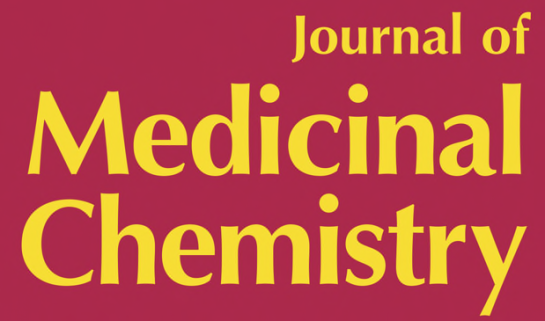
The Phe3 residue of the N-terminal tetrapeptide of dermorphin (H-Dmt-d-Ala-Phe-Gly-NH2) was conformationally constrained using 4- or 5-methyl-substituted 4-amino-1,2,4,5-tetrahydro-2-benzazepin-3-one (Aba) stereoisomeric scaffolds. Several of the synthesized peptides were determined to be high affinity agonists for the μ opioid receptor (OPRM) with selectivity over the δ opioid receptor (OPRD). Interesting effects of the Aba configuration on ligand binding affinity were observed. H-Dmt-d-Ala-erythro-(4S,5S)-5-Me-Aba-Gly-NH29 and H-Dmt-threo-(4R,5S)-5-Me-Aba-Gly-NH212 exhibited subnanomolar affinity for OPRM, while they possess an opposite absolute configuration at position 4 of the Aba ring. However, in the 4-methyl substituted analogues, H-Dmt-d-Ala-(4R)-Me-Aba-Gly-NH214 was significantly more potent than the (4S)-derivative 13. These unexpected results were rationalized using the binding poses predicted by molecular docking simulations. Interestingly, H-Dmt-d-Ala-(4R)-Me-Aba-Gly-NH214 is proposed to bind in a different mode compared with the other analogues. Moreover, in contrast to Ac-4-Me-Aba-NH-Me, which adopts a β-turn in solution and in the crystal structure, the binding mode of this analogue suggests an alternative receptor-bound conformation.
